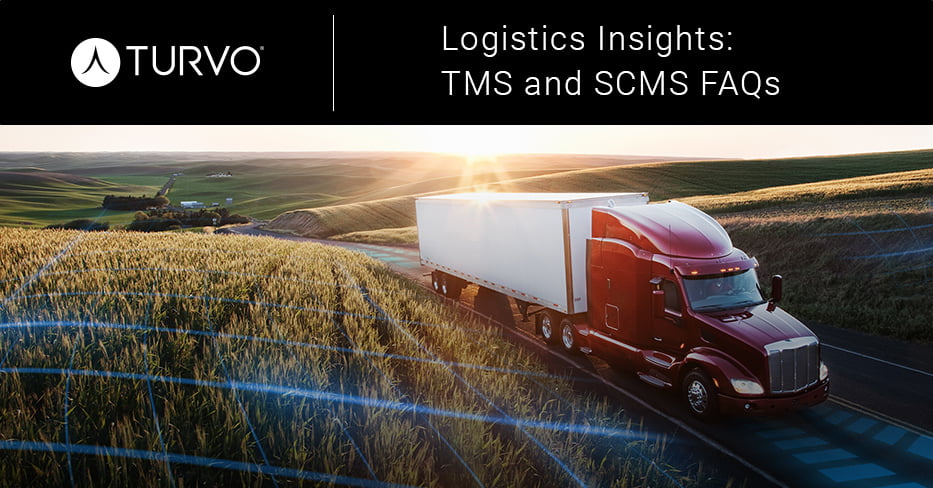What is TMS?
- A Transportation Management System or TMS is technology that logistic businesses use to plan and execute the physical movement of goods.
- Enterprise TMS platforms help businesses optimize how they plan, execute and settle incoming and outgoing shipments.
- Transportation Management Systems streamline shipment processes.
- Efficient TMS platforms provide profound visibility into logistic companies’ operations.
- The top TMS applications enable digital documentation of freight movement and fulfillment.
What are the Benefits of TMS?
- Reduced freight management expenses.
- Tracking deliveries in real-time.
- Increased levels of customer service.
- Improved warehouse efficiency and productivity.
- Increased supply chain efficiency.
- Use of new delivery capabilities.
- Ongoing network optimization and growth.
What is SCMS?
- A Supply Chain Management Software or SCMS refers to the software applications businesses leverage when performing supply chain transactions, overseeing supplier relationships, and administering any related business processes.
- SCMS aids businesses by creating a streamlined, automated process for product development, sourcing, production, and logistics.
- The functions of these systems are expansive but often include customer-requirement processing, purchase order processing, sales and distribution, inventory management, goods receipt and warehouse management, and supplier management.
- SCMS help prepare businesses for their future needs by providing forecasting tools.
- By managing their supply chain more effectively with a SCMS, companies can cut excess costs and deliver products to consumers more efficiently.
What are the Benefits of a Digital SCMS?
- Enables adaptivity to the ever-changing and growing complexity of supply chains.
- Allows more informed decision-making with real-time data.
- Fulfills customer expectations for fast, free shipping.
- Supports sustainability in providing free, fast shipping.
- Bridges the divide with real-time data sharing.
What Makes a Good TMS?
- Inbound and outbound shipment visibility with notifications.
- Carrier selection and rating.
- Planning and route optimization.
- Instant messaging for each shipment.
- Cloud-based portals for all stakeholders.
- Reports and dashboards.
- Mobile apps for drivers.
- A TMS that is self-configured and adaptable to your specific needs.
What Makes a Good SCMS?
- Integration features that connect with all your applications.
- Real-time collaboration capabilities:
- Personalized dashboards.
- Real-time notifications.
- Self-service portals.
- Role-based authorization.
- Process optimization abilities that automate the order-to-cash cycle.
- Analytics and forecasting to better mitigate risks.
- Customization that allows companies to build their own applications.
Competitive advantage with TMS and SCMS:
- Embrace end-to-end transparency.
- Meet customer wants and needs clearly and effectively.
- Utilize data-driven logistics to create new ways of maximizing efficiency.
- Leverage shipment traceability to improve traceability, visibility, and communication.
How to Leverage Logistics Technology to Your Advantage?
- Focus on real-time tracking options and data distribution.
- Push for improved communications and instructions.
- Focus on faster problem solving and more intelligent choices.
- Work towards more substantial predictive analysis and planning options.
- Find more affordable rates that bring fewer fees.
- Embrace automated updates and reports for team members.
- Bring better customer service options to the table by showing status and real-time tracking info to customers.








